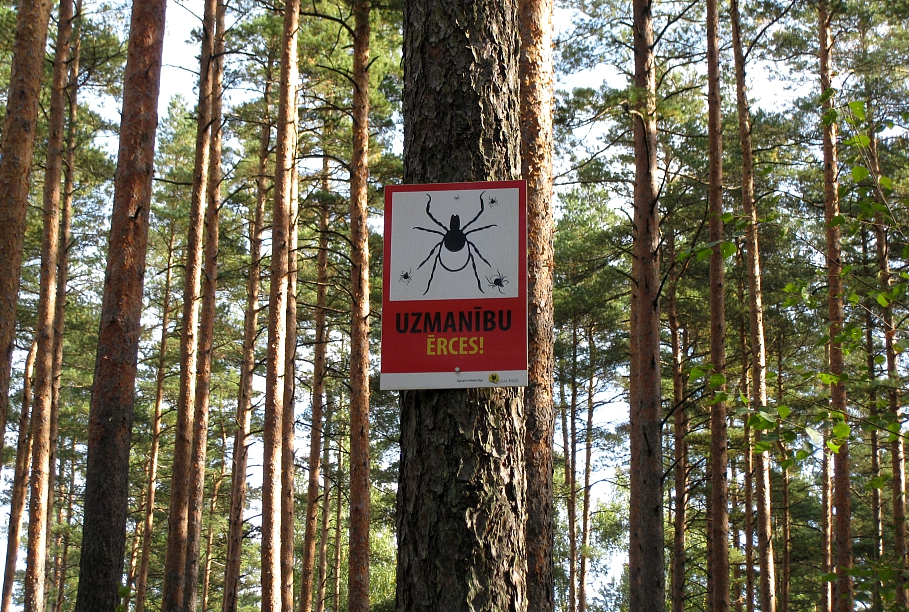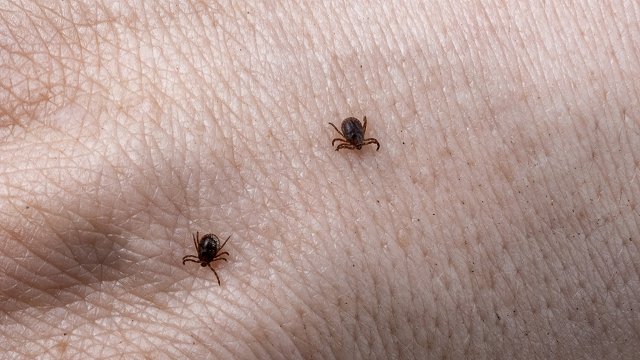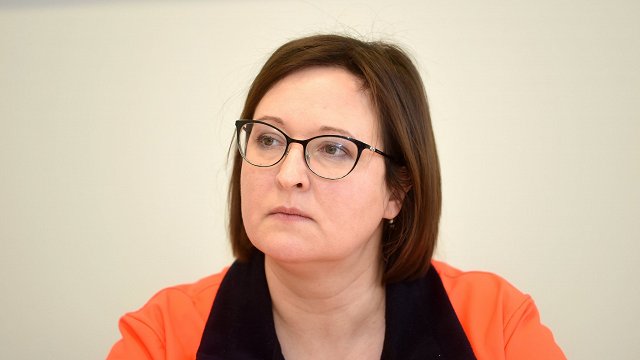Tick season, however, is not over yet. If the autumn is warm then ticks will remain active up until the appearance of the first frost. People are therefore advised to continuing taking protective measures such as performing regular checks on their legs and other exposed areas when spending time in forest and grassland, and using insect repellents.
“People come to us every day – either to remove ticks or to check the one’s already removed. There are days when up to 60 or 70 ticks are submitted for analysis. Every fourth tick has borrelia, but given that the tick infectivity is quite high, I can’t say that the number of patients with Lyme borreliosis has increased. If an infected tick has attached itself to a person that doesn’t mean the person will necessarily get sick. Currently, we have cured 28 encephalitis patients in the Infectology Center. Last year, the number was 54. We have treated 12 patients will Lyme disease; last year there were 45. If the tick activity doesn’t decrease, I predict a similar number of people will be affected, or maybe less,” said Velga Ķūse, chief of the Latvian Center for Infectology.
A large part of the population of Latvia, particularly people living in rural areas, keep their anti-tick immunization shots up to date every few years to minimize the threat posed by the blood-sucking threat.



























